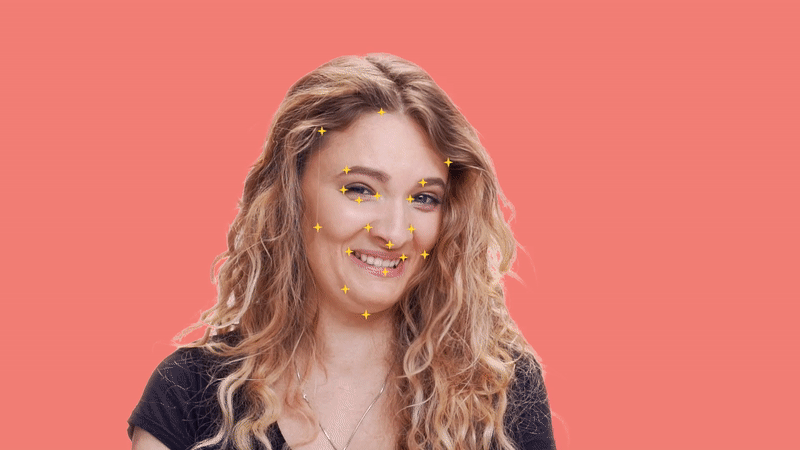Back to the Future: Advertising in 2019
Discover what the advertising in 2019 looked like!
Thanks to the global relationships we have with brands, agencies, publishers, and not to mention our in-house futurist team with the Unruly Home, we’re really lucky to get tonnes of insight from loads of different areas coming into the business.
We’re also very proud of our work with the U7 (the Unruly client council) which is our hotline to the heart of the biggest advertisers and agencies on the planet. This also helps us identify the trends that are worth paying attention to.
Think of this article as a sort of time machine. You’ve hit 88 mph, the flux capacitor has jumped into action and you’ve arrived in 2020. We’re now looking back at advertising in 2019 to see what big industry developments took place!
Trend #1: The value of data dawns on people

This one has been brewing for a while, but it’s only getting more prevalent, so it’s worth touching upon it here.
In a post GDPR, post Cambridge Analytica world, people started to wake up to the value of their personal data. Initiatives such as Datawallet and People.io have been established, promising to reward consumers in exchange for their data. Good-Loop gives 50% of the advertiser’s budget to the charity of the viewer’s choice.
The IAB published its playbook for opt-In value exchange ads and 90% of marketers surveyed by OpenX agreed that video with permission generates stronger engagement metrics for ads compared with other formats.
In 2019 consumers took a more active role, taking the form of rating video ads for effectiveness or enjoyment in exchange for incentives, and tipping the publisher to fund quality journalism from within an ad unit.
Trend #2: Machines get a feel for effectiveness
As machines continue to be exposed to larger and richer training data sets, matching up people with ads and environments has become a lot smarter. Opening advertisers up to new opportunities.
Advertising in 2019 began to target consumers by their personality and opinions. Dynamic Creative Optimisation starts to serve ads dependent on a consumer’s relationship with the brand and viewers could see a different cut depending on the desired brand, business more relationship outcomes, instead of the usual campaign metrics.
We saw the beginnings of a new emotional pricing model where brands are only charged when consumers experience the peak intensity of an ad. It’s reasonable to assume that Emotional ROI metrics are just around the corner.

Trend number 3: Goodbye fluffy, hello impact!
2019 was the year that smart buyers woke up to the fact that emotional considerations are not just nice to have – they’re actually the deepest driver of human behaviour.
This was the year that groundbreaking academic research finally linked specific emotional responses to business outcomes. From long-term effects (such as profitability) to short term goals (immediate sales activation), brands had clearer guidance than ever to create and optimise content that drives behaviour directly in line with desired outcome.
The implications for this were huge, as it further proved the case that using emotional targeting delivered tangible, and more importantly measurable, results.
To be continued…
Keep your eyes peeled for Back to the Future Part II: Advertising in 2019 where we will look at the use of Neuroscience in content testing and the evolution of search.
